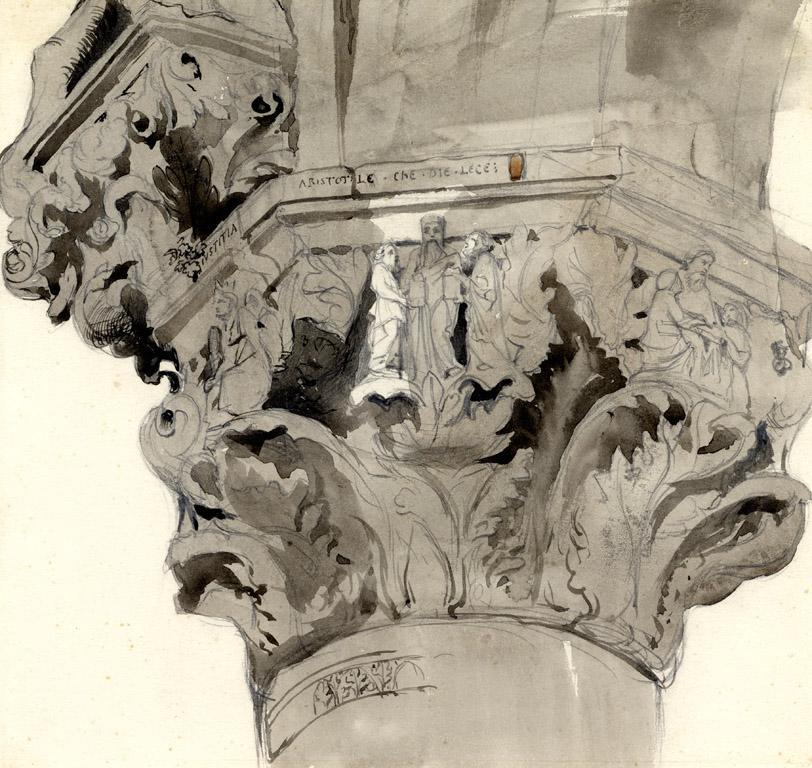 Published in 1857, architect and critic John Ruskin's "The Elements of Drawing" was written in response to his concerns about art and art teaching.
Published in 1857, architect and critic John Ruskin's "The Elements of Drawing" was written in response to his concerns about art and art teaching.
Ruskin established his Drawing School at Oxford in 1871 not for the training of artists, but of ordinary men and women, who, by following his course, ‘might see greater beauties than they had hitherto seen in nature and in art, and thereby gain more pleasure in life’.
His method was premised on helping the student to master the rudiments of technique – outline, shading, colour – through a carefully directed course of lessons in copying both works of art and natural specimens. Over a period of fifteen years, Ruskin assembled a diverse collection of drawings for his students to copy including drawings by himself and other artists, as well as many reproductions.
The Elements of Drawing was originally written as three lengthy letters filled with exercises. There are very few illustrations and the 19th century writing is not readily accessible to contemporary readers. Ruskin's writing is sharp and critical of established orthodoxies. He decries the contemporary obsession with "boldness" of expression in favour of careful observation and patient development of rendering skills. Claude Monet noted that 90% of the 'theory' of impressionism came from this seminal writing.
So why not just read it? Frankly, it's tough sledding unless you're accustomed to 19th century writing and minimal illustration. We're a bit spoiled by an abundance of colour illustration and approachable writing.
The Elements of Drawing - Reimagined is a modern project to reconsider and re-present Ruskin's ideas in ways that are more familiar and reassuring to contemporary readers by combining some of the original text, new writing and online demonstrations and supporting imagery. This re-presentation will naturally accord full credit to Ruskin for his brilliance and his thoughtful approaches to drawing while clarifying his central premise, to develop the artist's ability to both see and to execute images through a process of acute observation.























